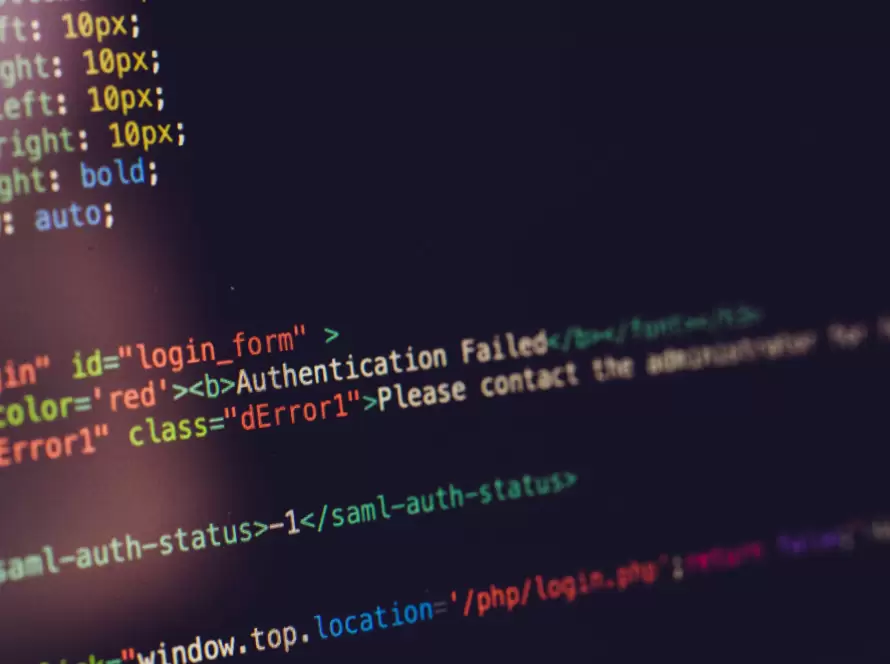Generated by Contentify AI
- Introduction
- The Evolution of CSS
- Understanding CSS Basics
- Introduction to Cascading Style Sheets
- The Development of CSS Standards
- The Emergence of CSS Preprocessors
- Responsive Design and CSS Frameworks
- The Future of CSS
- The Continual Evolution of CSS
- Conclusion

Key Takeaways
- CSS has evolved to become more complex and powerful over time, allowing for greater customization and creativity in web design.
- The introduction of preprocessors like Sass has significantly enhanced the capabilities of CSS, enabling features such as variables, nesting, and functions.
- Modern CSS frameworks, such as Bootstrap and Foundation, provide pre-written CSS and HTML code to streamline and standardize the web development process.
Introduction
CSS has come a long way since its inception in 1996. Its evolution from a simple styling language to a powerful tool for creating responsive and visually appealing websites has been remarkable. Understanding the basics of CSS is essential for any web developer, as it allows for the customization of layout, colors, and fonts. Over the years, CSS has undergone significant standardization, leading to the development of CSS preprocessors and the emergence of responsive design and CSS frameworks. Looking ahead, the future of CSS holds exciting possibilities, with continual evolution driving its adaptability and versatility in the ever-changing landscape of web development.
The Evolution of CSS
CSS has undergone a remarkable evolution from its humble beginnings in 1996 to becoming a fundamental tool for web development. Over the years, CSS has evolved from a simple styling language to a powerful tool for creating responsive and visually appealing websites. The introduction of CSS standards has played a crucial role in shaping its development, leading to the emergence of CSS preprocessors and the integration of responsive design and CSS frameworks. As CSS continues to evolve, its future holds exciting possibilities, driving its adaptability and versatility in the ever-changing landscape of web development.
Understanding CSS Basics
CSS, as a styling language, has demonstrated a remarkable evolution since its inception. It has progressed from its early days as a simple styling tool to becoming an integral part of web development, enabling the creation of visually appealing and responsive websites. The establishment of CSS standards has significantly influenced its development, leading to the emergence of CSS preprocessors and the integration of responsive design and CSS frameworks. Looking ahead, the future of CSS holds promise, with continual evolution driving its adaptability and versatility in the ever-changing landscape of web development.
Introduction to Cascading Style Sheets
CSS, as a styling language, has undergone a remarkable evolution since its inception. It has progressed from its early days as a simple styling tool to becoming an integral part of web development, enabling the creation of visually appealing and responsive websites. The establishment of CSS standards has significantly influenced its development, leading to the emergence of CSS preprocessors and the integration of responsive design and CSS frameworks. Looking ahead, the future of CSS holds promise, with continual evolution driving its adaptability and versatility in the ever-changing landscape of web development.
The Development of CSS Standards
CSS has transformed significantly over the years, evolving from a simple styling language to a crucial tool for web development. The establishment of CSS standards has played a pivotal role in this evolution, shaping the development of CSS preprocessors and the integration of responsive design and CSS frameworks. As CSS continues to evolve, its future holds promise, driven by continual advancements that enhance its adaptability and versatility in the ever-changing landscape of web development.
The Emergence of CSS Preprocessors
In the realm of web development, the emergence of CSS preprocessors has revolutionized the way stylesheets are created and managed. These preprocessors, such as Sass and Less, offer features like variables, nesting, and mixins, enhancing the efficiency and organization of CSS code. As websites and applications grow more complex, the need for structured and maintainable stylesheets becomes increasingly vital. CSS preprocessors have addressed these demands, contributing to the evolution of CSS and its role in modern web development. With their ability to streamline workflow and promote code reusability, CSS preprocessors have become indispensable tools for developers striving to create scalable and maintainable stylesheets.
Responsive Design and CSS Frameworks
Responsive Design and CSS Frameworks
Responsive design and CSS frameworks have significantly impacted the evolution of CSS. With the surge in mobile and tablet usage, creating websites that adapt to various screen sizes has become paramount. This is where responsive design, enabled by CSS media queries, plays a pivotal role. It allows websites to adjust their layout and content based on the device being used, providing an optimal viewing experience. CSS frameworks, such as Bootstrap and Foundation, further streamline the development of responsive websites by offering pre-built components and a responsive grid system. These frameworks not only expedite the development process but also promote best practices in responsive design. As the digital landscape continues to evolve, responsive design and CSS frameworks will remain integral to the further advancement of CSS.
The Future of CSS
The future of CSS holds exciting possibilities, with continual evolution driving its adaptability and versatility in the ever-changing landscape of web development. The development of CSS standards has significantly influenced its evolution, leading to the emergence of CSS preprocessors and the integration of responsive design and CSS frameworks. As CSS continues to evolve, its future holds promise, driven by continual advancements that enhance its adaptability and versatility in the ever-changing landscape of web development. The establishment of CSS standards has played a pivotal role in this evolution, shaping the development of CSS preprocessors and the integration of responsive design and CSS frameworks. Looking ahead, the future of CSS holds promise, with continual evolution driving its adaptability and versatility in the ever-changing landscape of web development.
The Continual Evolution of CSS
The continual evolution of CSS has been instrumental in shaping the modern web development landscape. From its humble beginnings as a simple styling language to its current status as a powerful tool for creating visually appealing and responsive websites, CSS has undergone significant transformations. The establishment of CSS standards has played a crucial role in this evolution, paving the way for the development of CSS preprocessors, responsive design, and CSS frameworks. These advancements have not only enhanced the efficiency and maintainability of CSS but have also contributed to its adaptability in catering to the diverse needs of web development. As the digital realm continues to evolve, CSS is poised to remain at the forefront, continually adapting to meet the demands of innovative web experiences.
Conclusion
The continual evolution of CSS has been instrumental in shaping the modern web development landscape. From its humble beginnings as a simple styling language to its current status as a powerful tool for creating visually appealing and responsive websites, CSS has undergone significant transformations. The establishment of CSS standards has played a crucial role in this evolution, paving the way for the development of CSS preprocessors, responsive design, and CSS frameworks. These advancements have not only enhanced the efficiency and maintainability of CSS but have also contributed to its adaptability in catering to the diverse needs of web development. As the digital realm continues to evolve, CSS is poised to remain at the forefront, continually adapting to meet the demands of innovative web experiences.



